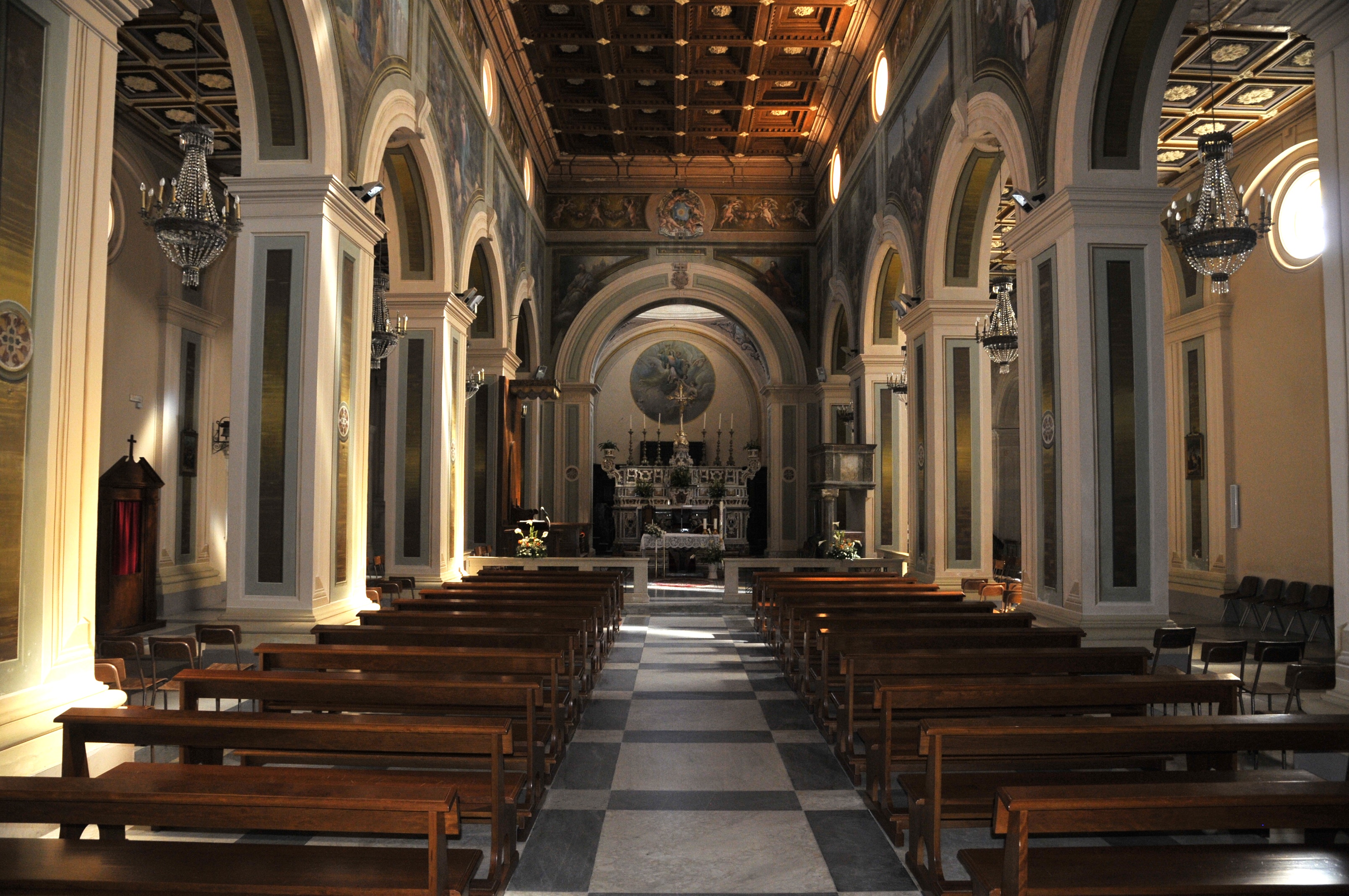A visit to the Castle of Santa Severina
From Arab emirate to Norman fortress, history and legend

© Regione Calabria
Art and Culture
Feb 29, 2024 10:24 AM

© Regione Calabria
Art and Culture
Feb 29, 2024 10:24 AM
Ready to follow us on a fascinating trip, straddling East and West, to what was once the territory of ancient Siberne?
Let's set off to Santa Severina, one of The Most Beautiful Villages in Italy in the province of Crotone, and the majestic castle that is its architectural and identity symbol.
Imagine standing on a hillside lookout point facing the Ionian Sea, the same coastline that today happens to be known as the Costa dei Saraceni, and seeing an incoming enemy fleet.
You are a descendant of the ancient local people of the Oenotrians and you have already seen Greek-Italic and Roman peoples land on your coast, so you are not surprised that the Arabs are also interested in conquering this land to the point of making it a small emirate.
"There must have been on the site the acropolis of the city, surrounded by barricade walls, reserved for the elect and, if necessary, also used by other peoples who populated the entire acropolis, living in masonry houses (wealthy class) and in large artificial grottoes, huts and other hovels, excavated and/or partially walled in (plebeians).
(Lopetrone, Sovrintendenza architect)
We are in the period from 840 to 886, and the village of Siberne, today Santa Severina, has just become an Arab kastron, a fortified complex with religious buildings and dwellings.
It was the Byzantines, following the Christian "reconquest", who added the appellation "Santa"; then the Normans of Robert Guiscard, in the 11th century, who redesigned the fortress as it appears today, with a few adjustments by the Angevins, the Aragonese and the local noble families, Carafa and Ruffo.
Here is the Castle of Santa Severina in all its splendour!

One of the best-preserved mediaeval castles in Calabria after restoration work in the 1990s, it can be visited all year round as it houses the Archaeological Museum of Santa Severina, where it is possible to admire most of the artefacts that have come to light during excavations and research within the walls of the site: a square keep and four cylindrical lateral towers, flanked by four other bastions projecting from them.
Of the original Siberene acropolis, a tomb has been preserved below the Byzantine necropolis, the skeleton of which bore a coin from the 3rd century BC on its jaw.
Any legends about the Castle of Santa Severina and its controversial owners?
It was the nobleman Andrea Carafa who laid siege to the town for many months, only conquering the castle with the help of an internal "traitor", a certain Mastrogiurato, who is said to have smuggled Carafa and his comrades into the fortress by passing them through a secret alley.
So it was that in October 1506 Santa Severina fell into the most terrible feudal serfdom, exercised by the unscrupulous Carafa, having his opponents arrested and killed in the castle dungeons.
The town of Santa Severina is arranged around its castle (encastellated), descending towards a large central square. It is a homogeneous monumental complex, containing monuments of great value.
Above all, the Byzantine Baptistery of Santa Severina, the only example of a Byzantine baptistery in Calabria that is still intact, circular in shape with frescoes dating from the 10th-12th centuries, and the Cathedral of Santa Anastasìa, dating from the 13th century but now in 17th-century form.
Also worth a visit are the Monastery of the Madonna of Calabria, in a panoramic position in the municipal hamlet of Altilia, the Municipal Garden and the Municipal Library.

The best time to visit Santa Severina and its castle?
During the evocative Medieval Festival, a historical re-enactment of daily life that took place in the village in medieval times, which takes place every year in spring (last editions between May and June).
For the occasion, the village of Santa Severina dresses up: its inhabitants wear typical medieval costumes from the Norman era and parade through the streets of the old town centre accompanied by flag-wavers and acrobats, a series of figurants staging the craft activities of the ancient workshops, as well as moments of entertainment and juggling, tastings and typical dishes.
Among the old dishes to try, we recommend "a sàuza", a mint-scented broad bean soup, flavoured with a dash of vinegar and served warm, accompanied by pork belly.
A poor dish, but rich in the typical flavours of the area.
https://calabriastraordinaria.it/en/news/a-visit-to-the-castle-of-santa-severina